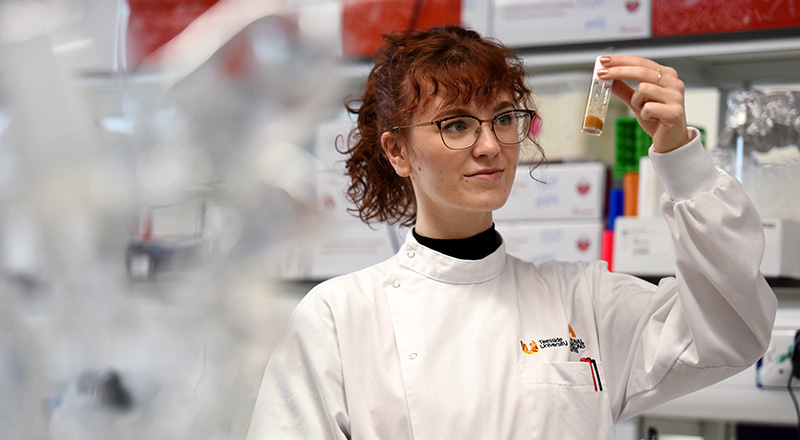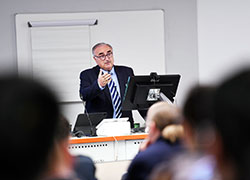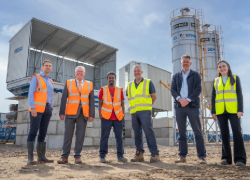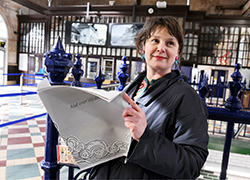Meet Maria O'Hanlon
By
Maria O’Hanlon
PhD student
PhD student, science podcaster and 'fly mum' Maria talks about her research into Parkinson's disease and the aim of finding effective treatments which drives her work. She is exploring the role of mitochondrial proteins in Parkinson’s disease using fruit flies as a model.

What is the basis of your research?
My research focuses on looking at the role of mitochondria in Parkinson’s disease. Mitochondria are the energy-producing cells within our bodies. Basically, when we eat or drink something, the mitochondria will convert it into chemical energy which then powers the rest of the body to function. I’m looking to see if there is a link between Parkinson’s disease and a problem with these cells.
What does your average day look like?
I work with fruit flies; they are the perfect model to use due to them holding around 75% of the same genes as humans, including the same gene for Parkinson’s.
Every day I maintain the flies, keeping them healthy by feeding them and keeping them clean by transferring them into a new home every couple of days.
When using the flies for an experiment, I begin by sexing them - looking for the differences between males and females. I then set up a genetic cross with the flies to profile what the progeny or ‘fly children’ could possibly look like. This is like humans. For example, if you had a mother with blue eyes and a father with brown eyes, you would have an idea of what the children will look like. From this, I will introduce different genes and characteristics into the flies, which is how I then introduce Parkinson’s.
For experiments, I do behavioural assays which look at how well flies climb. This helps to identify a healthy fly and a fly that has Parkinson’s. Longevity tests are also carried out to see how long they will live for. I also do more in-depth investigations into what their DNA looks like.
What inspired your research?
I knew I wanted to work with mitochondria whilst doing my master’s degree. I met a young boy who had Mitochondrial disease, which made me see that such small parts of the body can cause such huge problems. The disease can cause multiple organ failure and result in death. I therefore decided to research the impact that individual cell can have on a broader scale. This research combines my interest of looking at mitochondria as well as projects that have real-world impacts. I also wanted to work with fruit flies as I had never done this before. Not many people are aware that they are a big part of biomedical research, and this made me want to explore it further.
What do you hope to achieve?
I am looking at a specific mutation or ‘change’ within the mitochondria and investigating whether that improves the symptoms of Parkinson’s disease. My supervisor found out that when she did studies on flies, by introducing a specific mutation in the mitochondria, it improved the symptoms of the flies that had Parkinson’s. The hope is to show exactly what the change is in the mitochondria to see if this is something that can be targeted for therapy or treatment.
What would you say to someone who is wanting to study science?
If you have a passion for science, then definitely think about going into it. Don’t get hung up on a specific area or topic as there is a lot of overlap within the subject, so it is good to have a broader mind on it. Also, don’t think you need to be a particular type of person to work or study in a science-related field. There are so many different skills that come into it like decision-making, problem-solving and being creative. If you have a passion, go with it.
 Teesside University hosts groundbreaking hydrogen conference
Teesside University hosts groundbreaking hydrogen conference University supporting development of new £1m concrete plant
University supporting development of new £1m concrete plant Academic’s artwork on display at Middlesbrough station
Academic’s artwork on display at Middlesbrough station